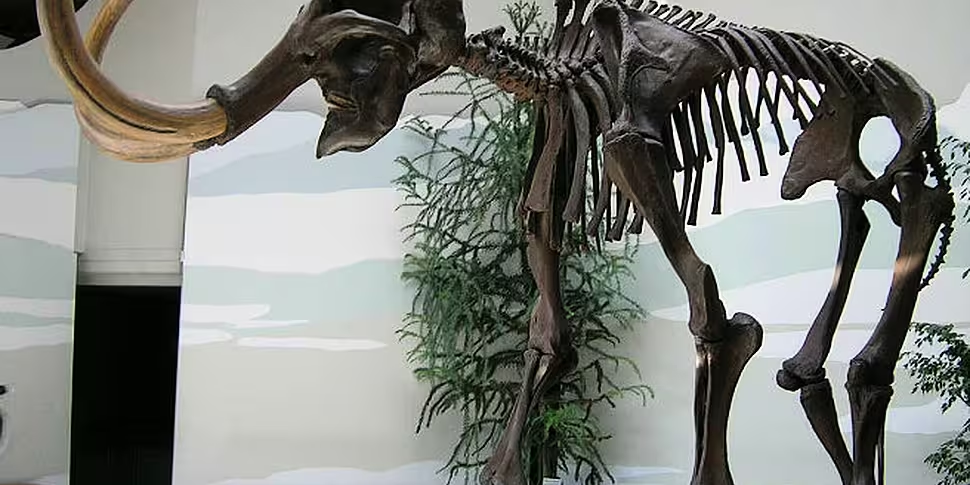Imagine being faced with a 3.5 billion-piece jigsaw puzzle. You have a picture on the box but the puzzle pieces don’t make up that image, it’s just a guide. And it gets harder. Only about 10% of your 3.5 billion pieces fit together to make the thing which isn’t the same as the picture on the box. The other 90% are pieces for a different puzzle that don’t have any relationship to the picture that you’re making.
This is what it’s like to work in the field of de-extinction. To bring animals such as the woolly mammoth back to life, scientists must sift through billions of fragments of ancient DNA, pick out the mammoth pieces (the 10%) while ignoring contamination from other sources and try to stick those fragments together to create an animal that’s related to, but very different from, modern elephants.
It’s not an easy task and, as Associate Professor at the University of California Santa Cruz, Dr. Beth Shapiro explained on Futureproof, the ethical issues and practical challenges involved mean that we’re a long way from raising animals from the dead.
In her new book, How to clone a mammoth: The science of de-extinction, Shapiro explores the cutting edge science being used to try to re-create creatures from the past. There will never be a Jurassic Park: dinosaur remains are far too ancient and fragmented to extract usable DNA, but animals that went extinct in the past few thousand years or recent decades could be potential candidates for resurrection.
How do you raise the dead? It depends when they last bit the dust. For species such as woolly mammoths, researchers such as Prof George Church’s group at Harvard only have access to small fragments of ancient DNA. They are using genome editing techniques to insert mammoth DNA into cells from modern Asian elephants, creating genetic hybrids that give insights into how mammoths adapted to their cold environments. While their method could be applied to many different gene therapies and disease treatments, creating hybrid cells in a lab is a long way off producing live mammoths.
And even if we could make a mammoth, what happens next? As Shapiro explained, arguments for de-extinction range from people wanting to restore missing links in an ecosystem to more trivial wishes to see a mammoth in a zoo. If the goal is purely the latter then is that really a justifiable reason to genetically engineer an animal from scratch?
Russian scientist, Sergey Zimov thinks that ecosystem restoration is the key. He has created Pleistocene Park in north eastern Siberia: a vast expanse of land in which he wants to restore the grassland ecosystem to how it was before the last Ice Age. His re-introductions of bison, wild horses and deer have dramatically changed the plant composition in the area with potential climate benefits. The grazers make the earth more exposed to cold Siberian air so that soil temperatures remain low throughout the winter. This prevents the permafrost from melting and keeps the tundra’s vast carbon stores in the ground instead of releasing it into the atmosphere to add to green house gas emissions. Zimov wants to introduce other Pleistocene megafauna, such as woolly mammoths, into his park to help boost the climate-benefiting effects of his grazers.
Other resurrections are more likely than the woolly mammoth. For example, the Bucardo or Pyrenean Ibex went extinct in 2000. However, researchers have stored a sample of cells from the last member of the species, a female called Celia. In this case, with access to complete, frozen cells, scientists can use an approach similar to the one used to clone Dolly the sheep to create an identical copy of Celia. There have been several attempts but so far they are unsuccessful.
De-extinction is an exciting field of research which is pushing the boundaries of our genetic engineering capabilities. The technologies involved are impressive and the consequences of success far-reaching but bring animals back from the dead also raises many practical and ethical concerns.
Listen to the full interview with Beth Shapiro in the Futureproof podcast and you can find out more about this fascinating topic in Shapiro’s new book or by watching her TED talk at the 2013 TEDx De-extinction event.









